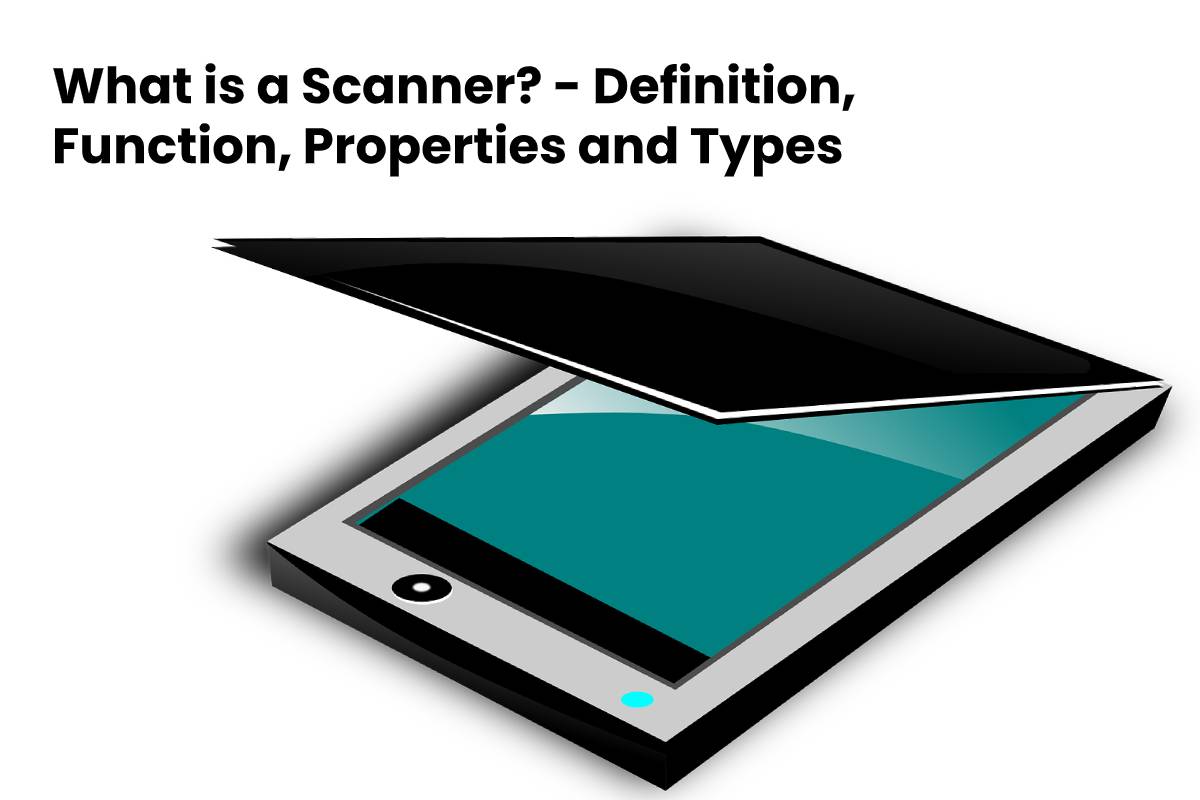

Instant Decision Engines: Adaptive Systems Trailblazing with User Insight
Real‑Time Decision Engines: The Silent Superheroes of Digital Experience
Every tap, swipe, spy-clip of your mouse, and even the time you linger on a page—these moments whisper a secret story to your device. The only systems that can actually hear it and act before you realize it are real‑time decision engines. In the fast‑lane world of today, a single millisecond can be the difference between a delighted user and a frustrated one.
What Exactly Is a Real‑Time Decision Engine?
- Instant Reactions – They don’t just wait for your click; they’re already planning the next moves.
- Predictive Power – By studying the context, time, and patterns, they guess what you’ll want next.
- Stealthy Adaptation – You might not even notice the changes; the server behind it is doing the heavy lifting.
How Do These Engines Actually Adapt?
Think of a billiards rack that instantly rearranges itself to give you the best shot before you even know it’s you. The engines cheat the game.
- Adaptive Layouts – Switch grid sizes or reorder content when the user’s position shifts.
- Predictive Highlights – Spotlight images or headlines that match the user’s current mood.
- Tailored Streams – Shuffle suggestions based on what you’ve clicked, liked, or skipped.
Where This Technology Matters Most
- E‑commerce – Speedy product recommendations mean higher conversion.
- Gaming – Dynamic difficulty curves adjust in real time for player retention.
- Micro‑services – They keep each service perfectly paired with user demands.
Key Tech Components Behind Decision Engines
Without these parts, it’s all just a fancy stopwatch.
- Event Streams – A continuous feed of user actions.
- Real‑Time Analytics – Immediate insights from data—no waiting for batch jobs.
- Inference Engines – Fast machine‑learning models that can output a decision in milliseconds.
Challenges: Complexity, Ethics, and Latency
- Complexity – Building and testing a system that reacts instantly is no small feat.
- Ethics – Predictions shouldn’t feel like “mind reading” or intrusive.
- Latency – Even a few milliseconds can break the illusion of instant.
Why This Approach Is Gaining Momentum
Because users now expect things to happen the same speed at which they do a thumb‑tap. When a system feels alive and responsive, users stay longer, feel happier, and the business reaps the fruits.
Conclusion: Adaptive Is the New Responsive
In a world where every scroll counts, real‑time decision engines are the wizards that blur the line between reactive and proactive. They turn data into actions, and actions into better experiences—all in a single heartbeat.
What Exactly Is a Real-Time Decision Engine?
Real‑Time Decision Engines: The Lightning‑Fast Brain of Digital Experiences
If you’ve ever been on a website that instantly knows what you want—before you even finish typing—it’s because behind the scenes a real‑time decision engine is firing at a lightning pace. This isn’t just a fancy if/then rulebook; it’s a whole orchestra of machine learning, live data streams, and event‑driven triggers that keep the decisions fresh and on point.
How These Engines Work in the Moment
Unlike the slow, “after the fact” batch models that sit in spreadsheets, a real‑time engine pulls in data the instant it happens:
- Clickstream analysis tracks every mouse click and scroll, letting the system instantly see whether you’re intrigued or hesitating.
- Time‑on‑page metrics evaluate how deep you dive into content—do you linger for minutes or bounce after a second?
- Patterns across multiple sessions help build a live profile that grows with every interaction, ensuring each recommendation feels tailored.
All this happens in milliseconds, so you’ll never feel the lag that can ruin the user experience. The engine can juggle decisions for thousands, even millions of users at once—no delay, no bottlenecks.
Why Speed and Scale Matter
When a user lands on a page, the engine has barely a second to decide:
- Show them a personalized product recommendation?
- Offer a discount right as they’re about to checkout?
- Just keep the page fresh and engaging?
Every millisecond saved translates into higher conversion, happier customers, and, honestly, a more fun digital playground. It’s like having a super‑smart personal assistant who never misses a beat—ready to respond the moment you do.
Bottom Line
A real‑time decision engine turns raw behavioral data into instant, personalized magic. It’s fast, scalable, and feels almost human. Future‑proof your digital strategy by making sure your engine can keep up with the speed of online user behavior—because in this era, slowness no longer wins the race.
How Do These Engines Actually Adapt?
How Your Platform Gets Smarter—One Click (or Two, or Three!) at a Time
Imagine your favorite app as a super‑savvy assistant that learns your quirks without you having to shout for help. Whether you’re simply drifting your mouse or flashing between a phone, tablet, and laptop, the software takes in those tiny hints and figures out how to keep your day smoother.
Step One: Catch The Signals
Those subtle cues—like the way your cursor lingers over a graph or how you click back and forth between devices—are the breadcrumbs. The platform watches, records, and then plays them back in real time with a dash of probability magic and a pinch of context.
Step Two: The Engine Gets the Real Deal
With all that data, the engine uses probabilistic models to guess what you’re about to do next and prioritizes context to keep the right information front and center.
An Illustrative Scenario
- Agenda‑check pattern: You notice you often peek at your historical stats before making a move. The platform anticipates this habit, tossing up a quick trend summary right when you need it.
- Fast‑finger responder: Some users love visual cues. For them, the interface pulls up bright icons and game‑like graphics, ditching the heavy text that tends to bog them down.
Why It Feels Like Magic
These tiny touches aren’t intrusive—they’re like a gentle hand nudging you toward the best data at the perfect moment. Think of it as the platform saying:
“Hey, I’ve seen you do this before, so here’s what you’ll need next!”
The Mission: Less Brain Tiring, More Decision Power
The ultimate goal? Keeping your mind light, guiding your eye, and boosting confidence—all while letting you code, crunch numbers, or just read your dashboard with a grin. No awkward interruptions, just a seamless, personalized experience.
Where This Technology Matters Most
Real‑time Decision Engines: Apps That Think on Their Feet
Responsive design is a must‑have for any modern app, but when the environment is sticky—high friction and plenty of uncertainty—real‑time decision engines really make their mark. They’re all about speed and trust in a single, bubbling packet of data.
When It Pays to Be Real‑Time
- Dynamic Pricing – Prices that shift on the fly, just as the market buzzes.
- Healthcare Triage – Quick‑silver suggestions that point you toward the right action at the right moment.
- Predictive Maintenance – A crystal‑ball that spots machine failures before the machine screams for help.
- Interactive Forecasts – Real‑time user signals update recommendations in a heartbeat.
Sports Stats That Talk Back
There’s a growing wave of platforms that pair statistical models with interactive choices, especially in sports analytics. One standout site fuses live data interpretation with adaptive user responses—rather than merely reacting, it walks you through the logic behind each prediction and lets you play with the outcomes as they evolve.
Key Tech Components Behind Decision Engines
What Keeps the Data Engine Roaring?
Under the hood, a cocktail of tech wizardry powers the whole thing:
Key Ingredients
- Stream‑Processing Powerhouses – Think Apache Flink and Kafka Streams. These guys read data in real time, like a super‑fast traffic cop.
- Feature Flash‑Stores – Grab user quirks, model signals, and session vibes in a heartbeat.
- ML Serving Layers – The stage where trained models kick out decisions at breakneck speed.
- Stateful Architecture – Keeps everything connected across sessions without letting the tempo drop.
Why It Needs to Be Light & Grab‑Hold
We’re talking a chassis that’s sleek yet sturdy. Fail‑over and uptime are the cornerstones—every pause in a decision chain can bleed the balance sheet.
Challenges: Complexity, Ethics, and Latency
Building Smart Interfaces—Without Turning Them Into Mind‑Readers
When Does “Adaptive” Cross the Line into “Manipulative”?
Picture a system that knows what you’re about to click, which is great—except if it starts nudging you like a clingy friend. The big question: should it guide you toward its “best” choice, or hand you a menu and let the real decisions stay in your palm? The sweet spot is transparency, not control.
Key Design Pitfalls (and Survival Hacks)
- Model Drift – Models learn from history, but if the past is garbage then the future will be too. Regular sanity checks keep the learning loop honest.
- Decision Fatigue – Too many predictive prompts can make users feel like they’re doing a mental maze. Keep choices crisp and give them a break.
- Edge Cases – Rare, odd behaviours can skew the system. Build “failsafes” that detect and politely sidestep the outliers.
- Feeling Watched? – Even when the system is just suggesting options, users might feel like their every move is logged. Make the logging optional and visible.
Latency: A Silent Usability Saboteur
Sure, someone might brag that their engine snaps answers in 300 ms, but users can still feel the drag. Speed isn’t just about raw numbers; it’s the feel. Smooth animations, instant feedback, and a predictable rhythm keep folks from snapping their fingers in frustration.
Optimizing for Timing
- Pre‑fetching – Anticipate the next action and load data ahead of time.
- Debouncing – Don’t overwhelm the system with every keystroke; wait for a moment of silence.
- Graceful Loads – Flash a subtle loader or skeleton view so users know the system is on the job.
Bottom line: Build adaptive interfaces that feel like helpful friends, not master manipulators. Keep the learning honest, guard against nonsense, give users agency, and serve results fast enough to keep them engaged.
Why This Approach Is Gaining Momentum
Why Users are Turning Their Frown Upside Down Over Static Interfaces
Gone are the days when a simple, unchanging UI was good enough. People now expect their platforms to get them—not because they’re shouting for machine‑learning wizardry, but because they’re used to tech that feels as intuitive as a friendly chat.
Real‑Time Decision Engines: The Game Changer
- React. They let your platform instantly sense when something feels off.
- Adjust. The system tweaks itself on the fly without you having to click “refresh.”
- Assist. Think of it as a personal concierge who knows you before you do—no awkward prompts.
- Guide. They gently steer you to what matters, without feeling like a pushy salesperson.
- Learn. The engine gathers patterns but stays respectful—no judgment, just insight.
- Personalize. It tailors experiences, but never crosses the line into feeling invasive.
From Finance to the Fun House
Every industry—whether it’s crunching numbers in the stock market or zapping your favorite movie— is jumping on the predictive interaction bandwagon. As these platforms become better at those tiny, seamless micro‑decisions, the demand for them is only going to shoot through the roof.
So if you’re still waiting for a futuristic AI superhero, take a breath: the real hero is an everyday system that whispers the right thing at the right time, all while keeping you in control.
Conclusion: Adaptive Is the New Responsive
Live, On the Fly: Building Systems That Actually Learn
Picture this: your app isn’t just a static set of buttons and menus—it’s a smart buddy that watches what you’re doing, then nudges you right when you need it. That’s the heartbeat of the real‑time adaptation revolution.
Why “Evolving Interfaces” Make Everything Feel Less Awful
- They listen to your clicks, taps, and even pauses.
- They adjust on the fly, offering the right tool at the right moment.
- They keep everything smooth and intuitive, so you spend less time hunting for options.
Think of your favorite coffee machine that automatically switches to a darker roast when you’re craving a midnight espresso. That’s the style of adaptation we’re talking about—instant, subtle, and oh‑so convenient.
The Next Power‑up: Real‑Time Decision Engines
These engines are the “brain” behind the magic. Unlike an over‑enthusiastic assistant that tries to do too much at once, they make tiny, well‑timed decisions that feel like a smooth dance partner.
- No more empty notifications or pointless nudges.
- Interactions become smarter and more satisfying.
- Every micro‑decision counts—bringing you closer to that happy‑flow state.
So, next time you’re swiping through a dashboard that seems to know you better than your own reflection, remember: it’s not hand‑crafted design—it’s evolution in real time. And that’s a win for users and developers alike.







![Ways IT Industry is Changing the World [2025] Ways IT Industry is Changing the World [2025]](https://www.computertechreviews.com/wp-content/uploads/2025/04/IT-Industry.jpg)